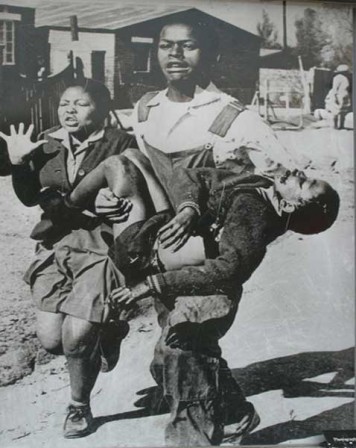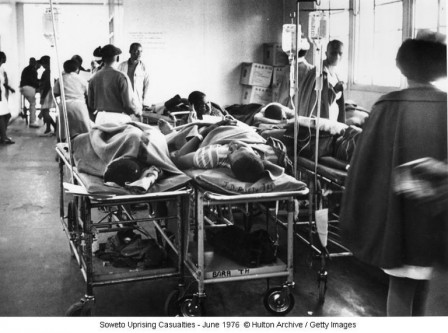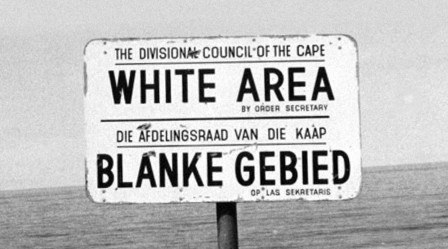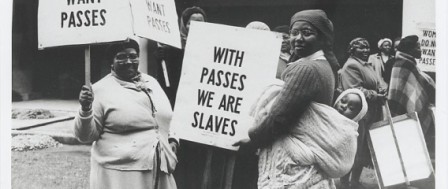Soweto is a main black city in the suburb of Johannesburg. These riots are part of the Apartheid which began in 1948.
 In March 1976, the White government decided to impose Afrikaans as a language instead of English in all schools. Black people were against this decision, they protested against the Afrikaans Medium Decree of 1974, which forced all schools to use Afrikaans. So on June,4th 1976 between 10,000 and 20,000 high school students from several Sowetan schools went on strike. And on June 16th students gathered together with banners which were "against Afrikaans". That day, policemen loosed their dogs at the children and shot at them directly while they were defenceless and a thirteen-year-old child, Hector Pieterson, was killed. He became the symbol of Soweto Uprising.
In March 1976, the White government decided to impose Afrikaans as a language instead of English in all schools. Black people were against this decision, they protested against the Afrikaans Medium Decree of 1974, which forced all schools to use Afrikaans. So on June,4th 1976 between 10,000 and 20,000 high school students from several Sowetan schools went on strike. And on June 16th students gathered together with banners which were "against Afrikaans". That day, policemen loosed their dogs at the children and shot at them directly while they were defenceless and a thirteen-year-old child, Hector Pieterson, was killed. He became the symbol of Soweto Uprising.

After this event, a lot of riots began, cars and schools were burned, people were shot and Soweto looked like a city which had lived a war. Soweto’s riots reached cities with a majority of blacks like Alexandri, Kagiso and Zululand. Emergency clinics were full of injured and bloody children. The police demanded that the hospital provided a list of all victims with bullet wounds but the doctors refused to create the list.

These revolts were terrible and the number of people who died is usually given as 176 with estimates up to 700. There was an economical crisis because of these riots.
The Soweto uprising is an important event because a lot of people died, it was a massacre that revealed the anger of the blacks who were very mad at the White government with their decisions against the blacks.
What happened at Soweto affects me because policemen were ruthless, they shot at defenceless young people. A simple strike took a turn for the worse with a lot of terrible things.

 The most significant event during apartheid in South Africa was the demonstration in Soweto on June 16, 1976.
The most significant event during apartheid in South Africa was the demonstration in Soweto on June 16, 1976.





 We can see three black South African, they are young so they were students who took part of the protests. In the arms of the boy on the right, there is another boy, younger, who was shot by the police.
We can see three black South African, they are young so they were students who took part of the protests. In the arms of the boy on the right, there is another boy, younger, who was shot by the police.